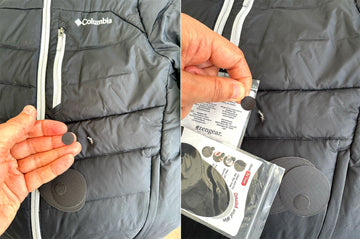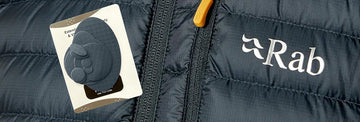Because prevention is the key to successfully treat shin splints, it is important to identify the warning signs and symptoms as early as possible. In most cases, the condition begins with mild to moderate aches and pains in the shins. The pain may occur during physical activity, after exercising or be more continuous.
Depending on the specifics of the condition, the discomfort may be felt in the muscle itself or around the shinbone in general. Warning signs and symptoms to be on the lookout for include:
- Discomfort and sensitivity around the shinbone and surrounding tissue
- Pain along the inner part of the lower leg
- Any evidence of swelling in the lower leg
- Weakness, loss of sensation, tingling and general nerve irritation
Why Do Shin Splints Occur?
Excessive exercise of certain muscle groups contributes to the likelihood of developing shin splints. The condition occurs when the bones, muscles and connective tissues in the lower legs are strained beyond their capacity, typically as a result of:- Running too much or too aggressively
- Not practicing proper running techniques
- Running on uneven terrain or downhill
- Not wearing the appropriate shoes while running
- Participating in certain high-impact sports and activities
Tags:





